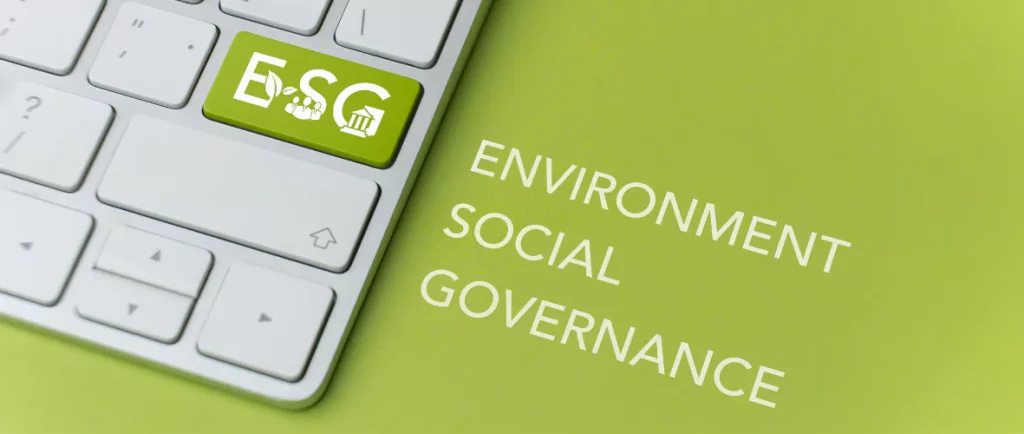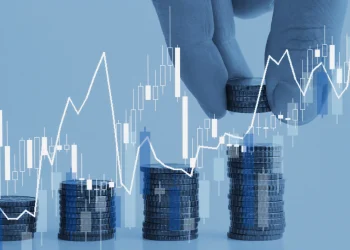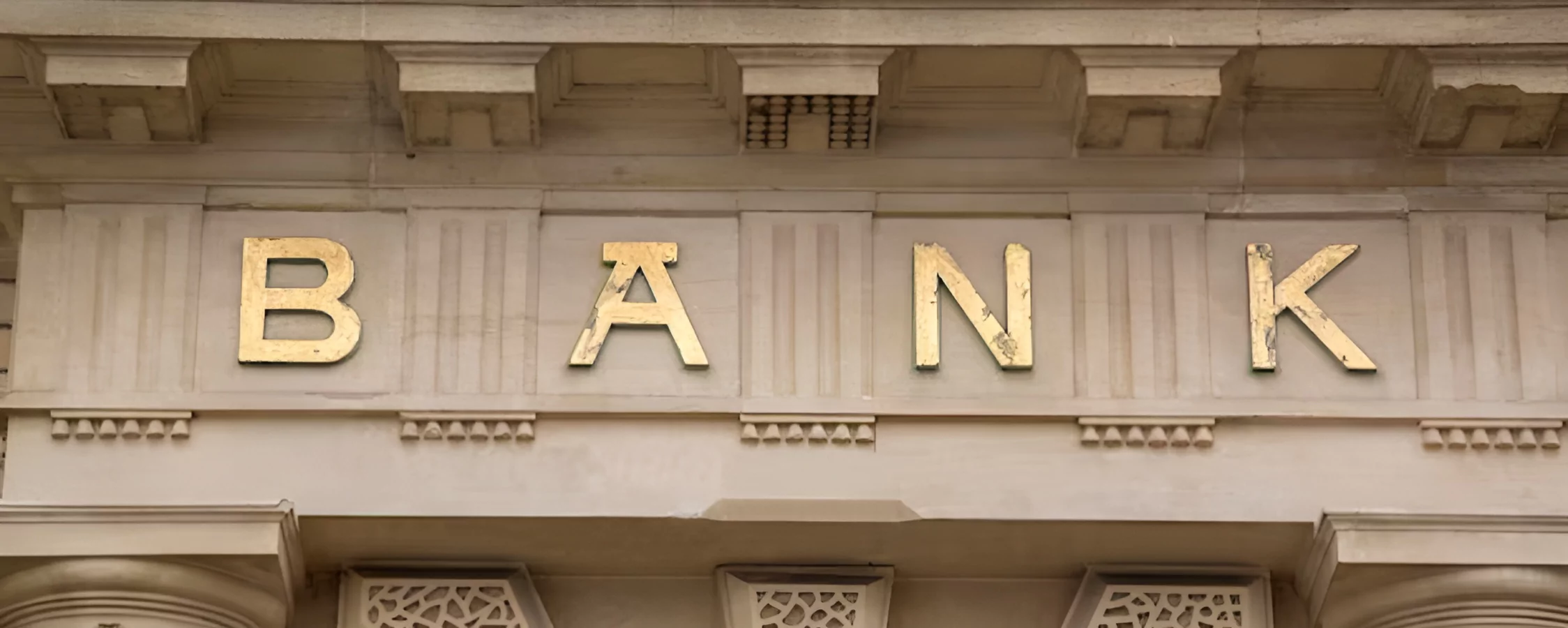Remember when “ESG” was that niche, do-gooder corner of the finance world? The one your hippie cousin wouldn’t stop talking about at Thanksgiving? Well, listen carefully, because that corner has exploded onto the main stage. ESG investing in 2025 isn’t a side hustle for your portfolio anymore; it’s becoming the core operating system for the global economy. It’s moved from a moral “should” to a financial “must.”
But let’s be real—the landscape is shifting under our feet. What was once about simply avoiding “sin stocks” is now a complex, data-driven, and, frankly, revolutionary approach to building wealth. So, what’s really going on? What trends actually matter for you, the investor, as we charge into this new era? Buckle up as we dive deep into the sustainable finance trends that are defining ESG investing in 2025.
The Great Shift: From Niche to Necessity
Think of ESG’s journey like the evolution of the internet. It started as a curious novelty (think dial-up tones and basic webpages), became a useful tool (broadband and e-commerce), and has now evolved into the indispensable infrastructure of modern life (cloud computing and AI). ESG is hitting its broadband moment. Investors are no longer just asking, “How much money will I make?” but also, “What kind of world is my money helping to build?” and, more pointedly, “What risks am I avoiding by investing responsibly?”
This isn’t just feel-good fluff; it’s a cold, hard financial calculation. Companies with robust environmental, social, and governance practices are proving to be more resilient, more innovative, and better prepared for the long haul. They attract top talent, foster customer loyalty, and are less likely to be blindsided by regulatory fines or reputation-destroying scandals. In 2025, ignoring ESG is like ignoring a blinking check-engine light in your car—it might run fine for a while, but you’re risking a catastrophic failure down the road.
Key Trends Shaping ESG Investing in 2025
So, with the stage set, let’s get into the nitty-gritty. What are the powerful currents pulling the market in new directions?
The Regulatory Reckoning: No More Flying Blind
For years, the biggest critique of ESG was “greenwashing”—companies and funds slapping a green leaf on their logo and calling it a day, with little substance to back it up. Well, the party’s over. 2025 is the year of the regulator. Across the globe, from the European Union’s Sustainable Finance Disclosure Regulation (SFDR) to emerging standards in the U.S. and Asia, strict reporting mandates are coming into full force.
This is a game-changer. It means companies will have to provide standardized, auditable data on their carbon footprints, diversity metrics, supply chain labor practices, and board structures. For you, the investor, this means finally having clear, comparable apples-to-apples data. You’ll be able to move beyond marketing claims and see what’s really under the hood. This transparency will separate the truly sustainable leaders from the pretenders, creating a new tier of market winners and losers.
The AI Revolution: Making Sense of the Chaos
All that new regulatory data creates a new problem: information overload. How on earth is anyone supposed to process the sustainability metrics of thousands of companies? Enter Artificial Intelligence. AI and machine learning are becoming the indispensable tools for ESG investing in 2025.
Sophisticated algorithms can now scour millions of data points—from corporate sustainability reports and regulatory filings to satellite imagery monitoring deforestation and news sentiment analysis on labor practices—to generate a comprehensive ESG risk profile. This moves analysis beyond simple checkbox exercises to a dynamic, real-time understanding of a company’s impact. It’s like having a super-powered financial detective working 24/7 to uncover both the hidden risks and the genuine opportunities that traditional analysis might miss.
The Rise of Impact Investing: Measuring the Ripple
While avoiding risk is crucial, the most exciting trend is the proactive pursuit of positive change. Impact investing—the deliberate allocation of capital to generate measurable social and environmental benefits alongside a financial return—is moving from the fringe to the forefront.
In 2025, it’s not enough to just be “less bad.” Investors are actively seeking out companies that are solving the world’s biggest problems. Think renewable energy developers, sustainable agriculture tech firms, companies providing affordable healthcare solutions, and fintechs promoting financial inclusion. The demand is to see a tangible, measurable return on impact, a concept often called the “double bottom line.” People want their portfolios to tell a story they’re proud of, a story of contribution and solution-building.
The “S” and “G” Take Center Stage

For a long time, the “E” in ESG hogged the spotlight. Climate change is, understandably, a colossal issue. But 2025 is seeing a powerful correction, with the Social and Governance pillars demanding equal attention.
The “S” – Social – encompasses everything from workforce diversity, equity, and inclusion (DEI) and employee treatment to community relations and customer privacy. In our hyper-connected world, a company’s social license to operate is fragile. A toxic culture can lead to high turnover and low productivity, while a data privacy scandal can evaporate customer trust overnight.
Similarly, the “G” – Governance – is the backbone of it all. It’s about who is running the show and how. Are corporate boards diverse and independent? Is executive pay tied to sustainability performance? Is there transparency in lobbying activities? Strong governance is the foundation that ensures a company can actually deliver on its environmental and social promises. A company with a flawed governance structure is like a beautiful sports car with a faulty engine; it might look good, but it isn’t going anywhere fast or safely.
Navigating the Future of Sustainable Finance
With all these trends converging, how should you approach your own investment strategy? The key is to become a discerning investor. Don’t just look for an ESG label on a fund. Dig deeper. What are its specific criteria? How does it use data? Does its approach align with your own values and financial goals?
Ask tough questions. Engage with your financial advisor about these topics. The market is providing more tools than ever before—from ESG-focused ETFs to direct impact investment platforms—to build a portfolio that is both principled and powerful.
Conclusion
The conversation around ESG investing in 2025 has matured dramatically. It has shed its image as a compromising, concessionary strategy and has firmly established itself as a sophisticated, data-rich, and essential framework for modern investing. It’s about understanding that long-term profitability is inextricably linked to planetary health, social equity, and ethical leadership. The trends we see today—rampant regulation, AI-powered analysis, the demand for tangible impact, and the elevation of social and governance factors—are not passing fads. They are the building blocks of a new financial paradigm. This is about building wealth and building a world worth living in. And honestly, what could be a better investment than that?













